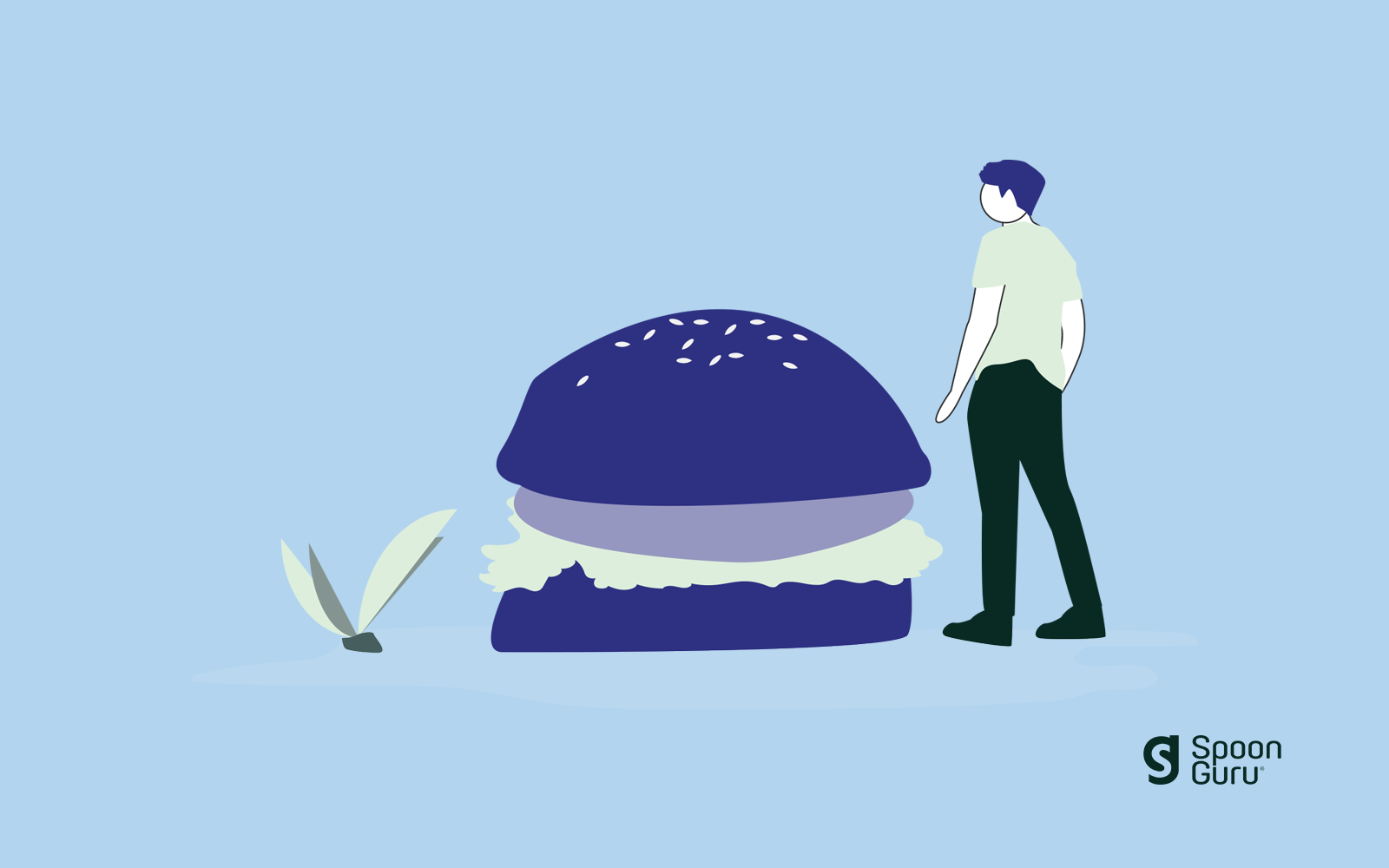Is it possible to make healthier foods, like vegetables, more appealing by applying visual characteristics associated with fattier foods?
A recent investigation conducted by Ethan Pancer, Associate Professor St. Mary’s University and Matthew Philp, Assistant Professor at Ryerson University published in the Journal of Consumer Psychology, focused on the nutritional makeup of dishes depicted on social media. They examined the recipes and ingredients for hundreds of Facebook videos from Buzzfeed’s Tasty profile and found that caloric density can positively influence social media engagement. And not in a good way. They write that:
“Life outside our living rooms has been in short supply since the beginning of the COVID-19 pandemic, so it’s no surprise that people have increasingly turned to producing and consuming social media posts that focus on food. With limited access to our favorite restaurants, cafés or fast-food joints, social media has become a safe way for people to get their culinary fix.”
What they were searching for was what it is about videos of food that engages users and generates the most likes, comments and shares.
With more than 400 million posts tagged #food and 250 million tagged #foodporn on Instagram at the time of this article’s publication, social media users are inundated with visual displays of food. Buzzfeed’s Tasty has become the world’s largest digital culinary network, amassing more than 100 million followers on Facebook and over a billion monthly views.
The researchers say that we humans are hard-wired to seek foods with characteristics that the brain instinctively recognizes as valuable. Seeing calorie-dense foods like those high in fat content (like burgers, pizza and cookies) typically precedes pleasurable consumption. Finding and eating calorie-dense foods typically makes people feel good, releasing dopamine and stimulating pleasure centers of the brain. Visual exposure to food media that looks calorie-dense — as opposed to calorie-light — drives social media engagement. Their recommendations will make those of us that have been involved in food photography or advertising shudder – and bring back memories that the industry would rather forget. They found that those foods where saturated fats were visually depicted in foods like butter, cheese, meats and oils, are known to give foods their juicy, chewy and creamy sensory experiences and received more positive responses. Their findings, they say, align with a particular approach to food photography, where adding an artificial sheen with WD-40 can make food look more plump, moist and juicy. Those are the tricks that were used in the 60s and 70s that got lots of food people in trouble for their ads and packaging.
The researchers ask if it is possible to make healthier foods, like vegetables, more appealing by applying visual characteristics associated with fattier foods by, for example, coating them with a sheen? Perhaps, but in today’s age of transparency and truthfulness, I hope it’s a road we do not revisit.
